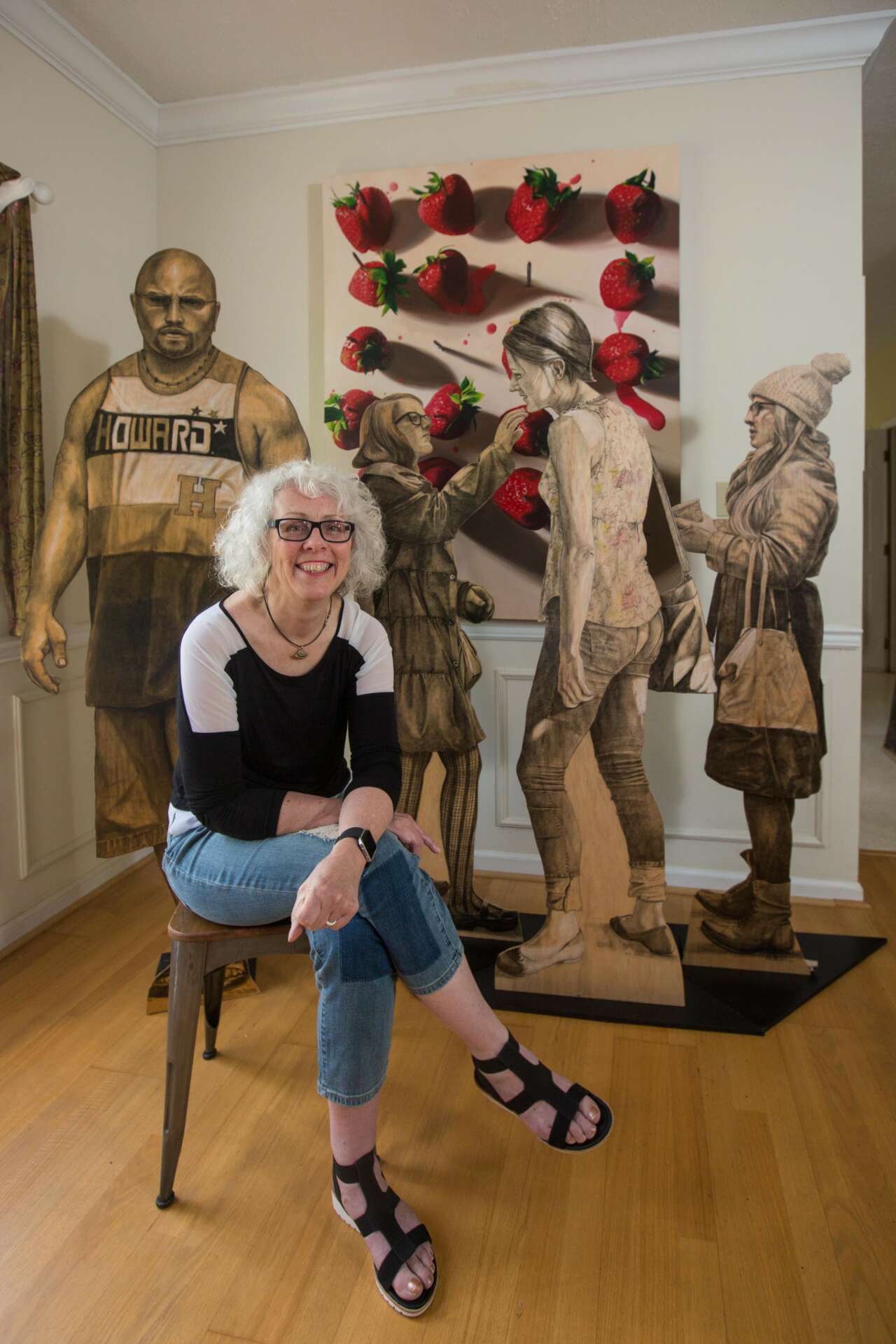We were lucky to catch up with Denise Stewart-Sanabria recently and have shared our conversation below.
Denise, thanks for joining us, excited to have you contributing your stories and insights. We’d love to hear about when you first realized that you wanted to pursue a creative path professionally.
My earliest memories were impulses to cut up anything I could find with scissors and rearrange them. The impulses were all consuming. My aunt was an artist, my grandfather a newspaper and wedding photographer, so the creative professions were very real to me. Our house’s walls were covered with paintings and framed drawings my parents bought. However, after I got my degree in fine arts with a concentration in drawing and painting, I realized I still hadn’t gotten any real information on the business side of the profession. I had spent two years at a museum school in Massachusetts that no longer exists, and transferred to get my degree at UMass/Amherst. I mainly knew I had to have a cohesive body of work. I didn’t know how to approach galleries. My father was a business owner, though, so I had absorbed basic entrepreneurial skills from observation. I started reading books on the business of art, such as Art Marketing 101 by Constance Smith, and a few others. They filled in what I wasn’t taught in a degree program.
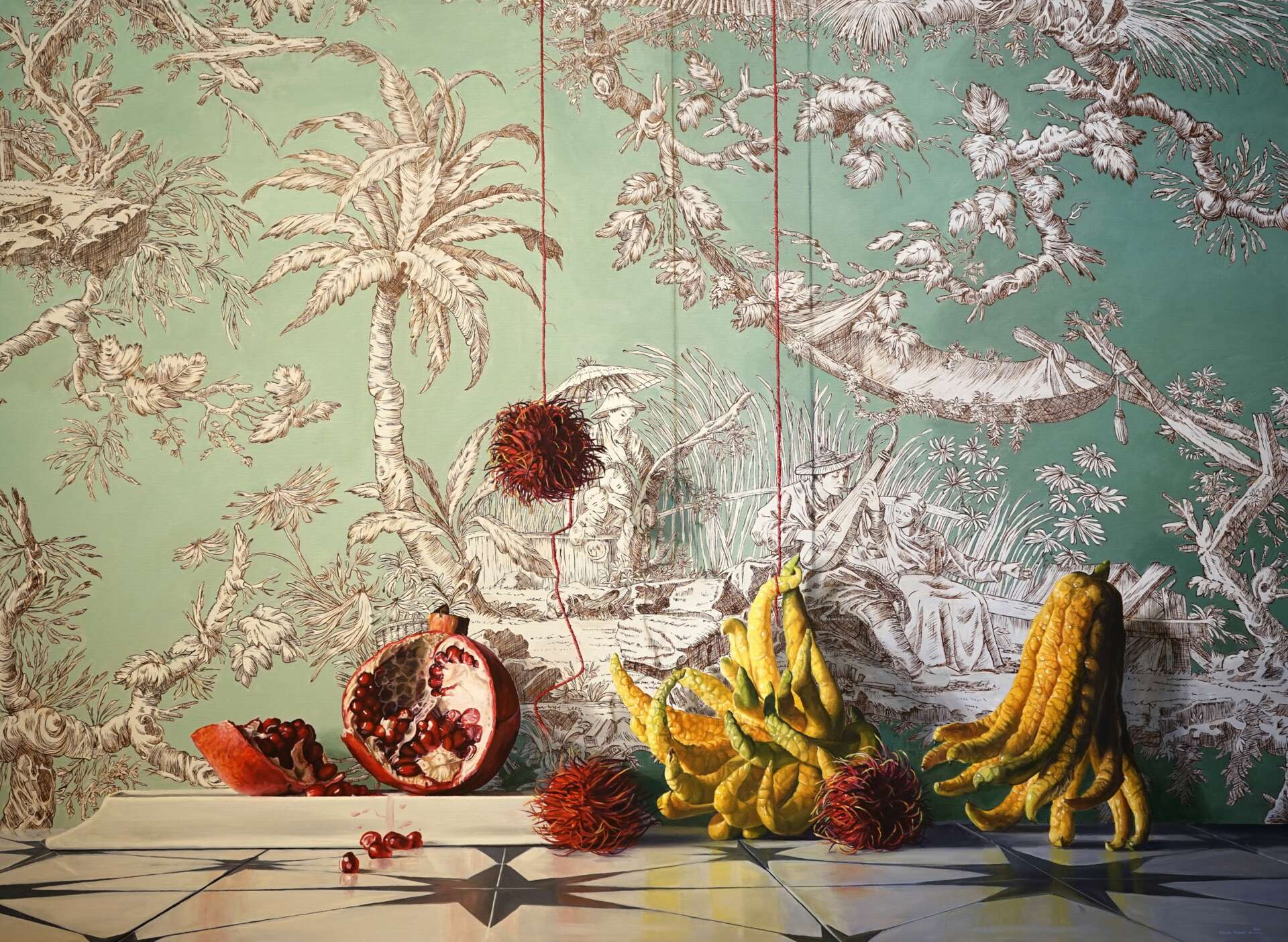
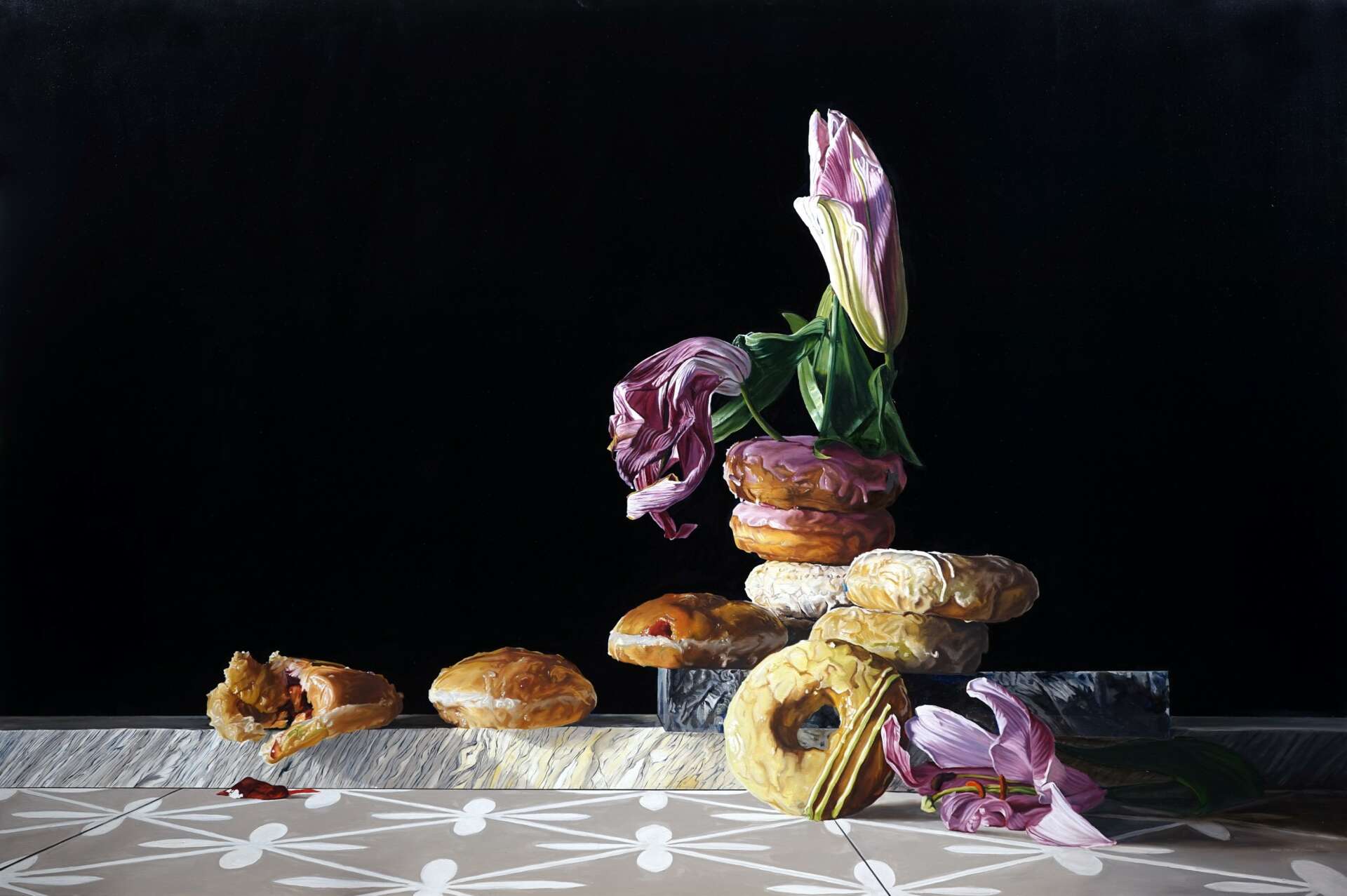

Denise, love having you share your insights with us. Before we ask you more questions, maybe you can take a moment to introduce yourself to our readers who might have missed our earlier conversations?
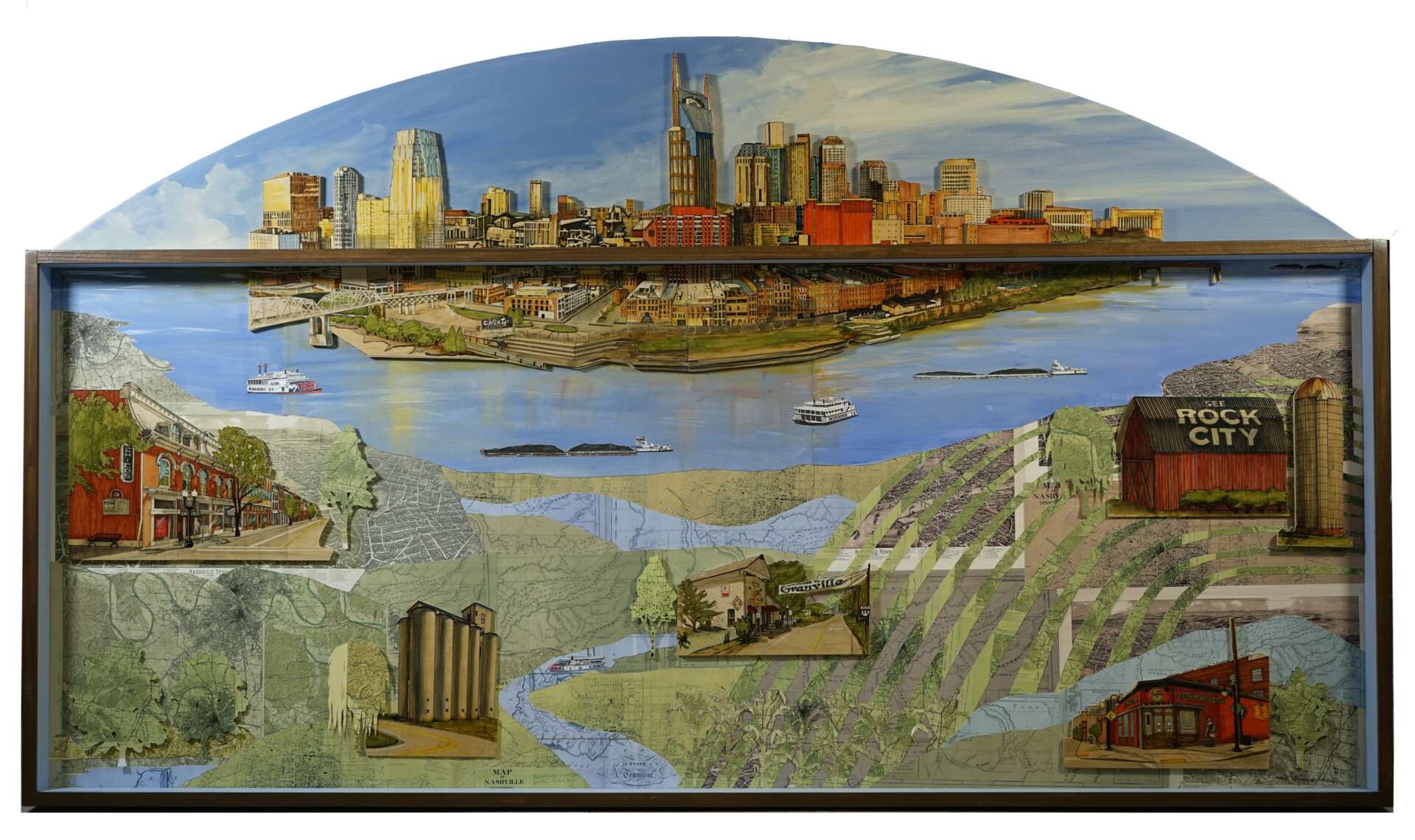
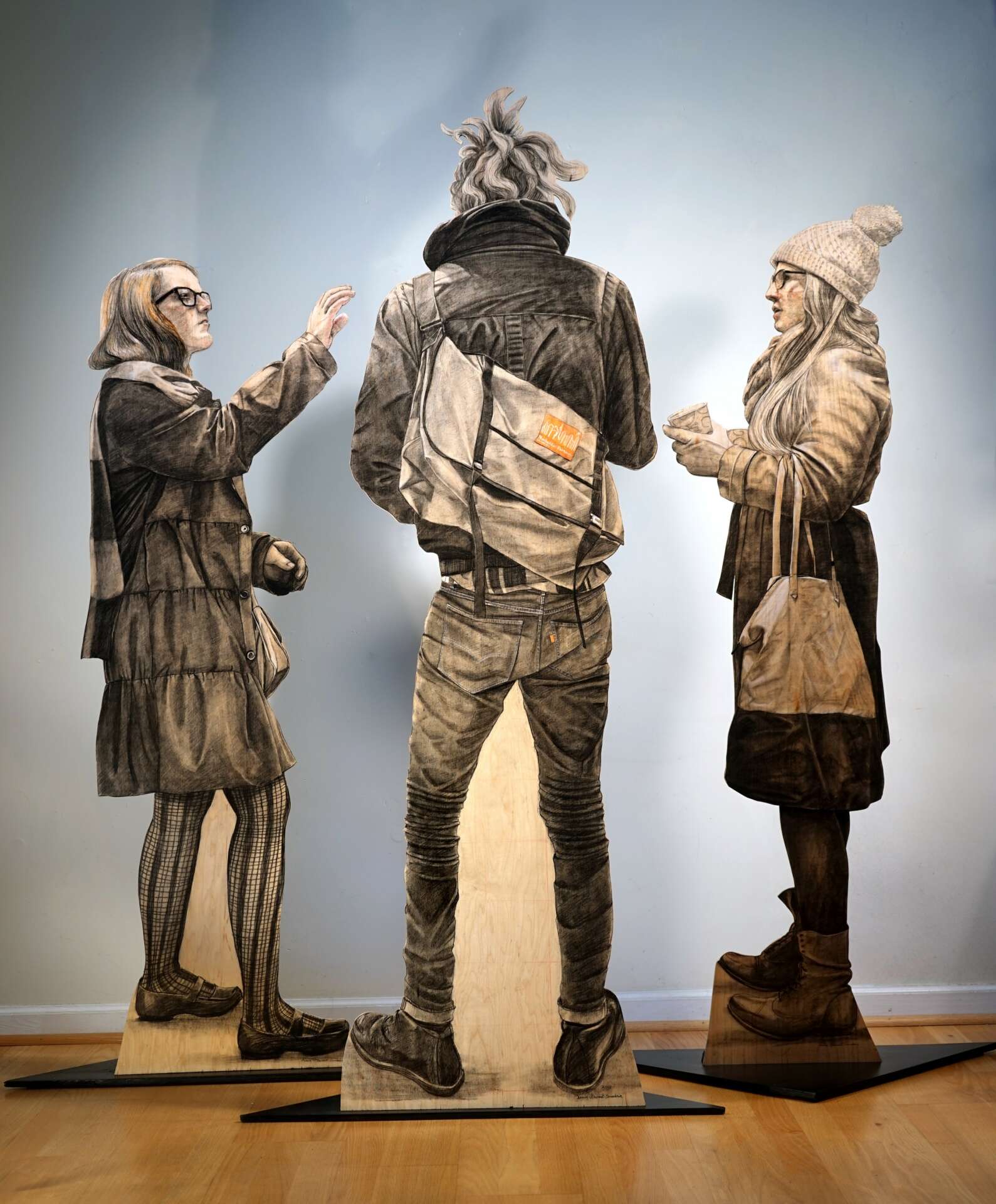
How can we best help foster a strong, supportive environment for artists and creatives?
Part of the reason I was getting a lot of corporate commission work was because of the commitment many municipalities made on what was referred to as the percentage for art ordinances in construction. There have been various bills on both federal, state, and city levels requiring a percentage of construction costs to go into art procurement for public buildings. The results from this excited private business construction so much, that they began emulating it. Suddenly, we had “art hotels”, and “epicurean hotels” that wanted “epicurean=based” art in them. Banks wanted all kinds of wild things, especially if the bank president was an art collector! The architects also began to insist on designing with designated “art areas”. I’m hoping we never have any setbacks on this direction.

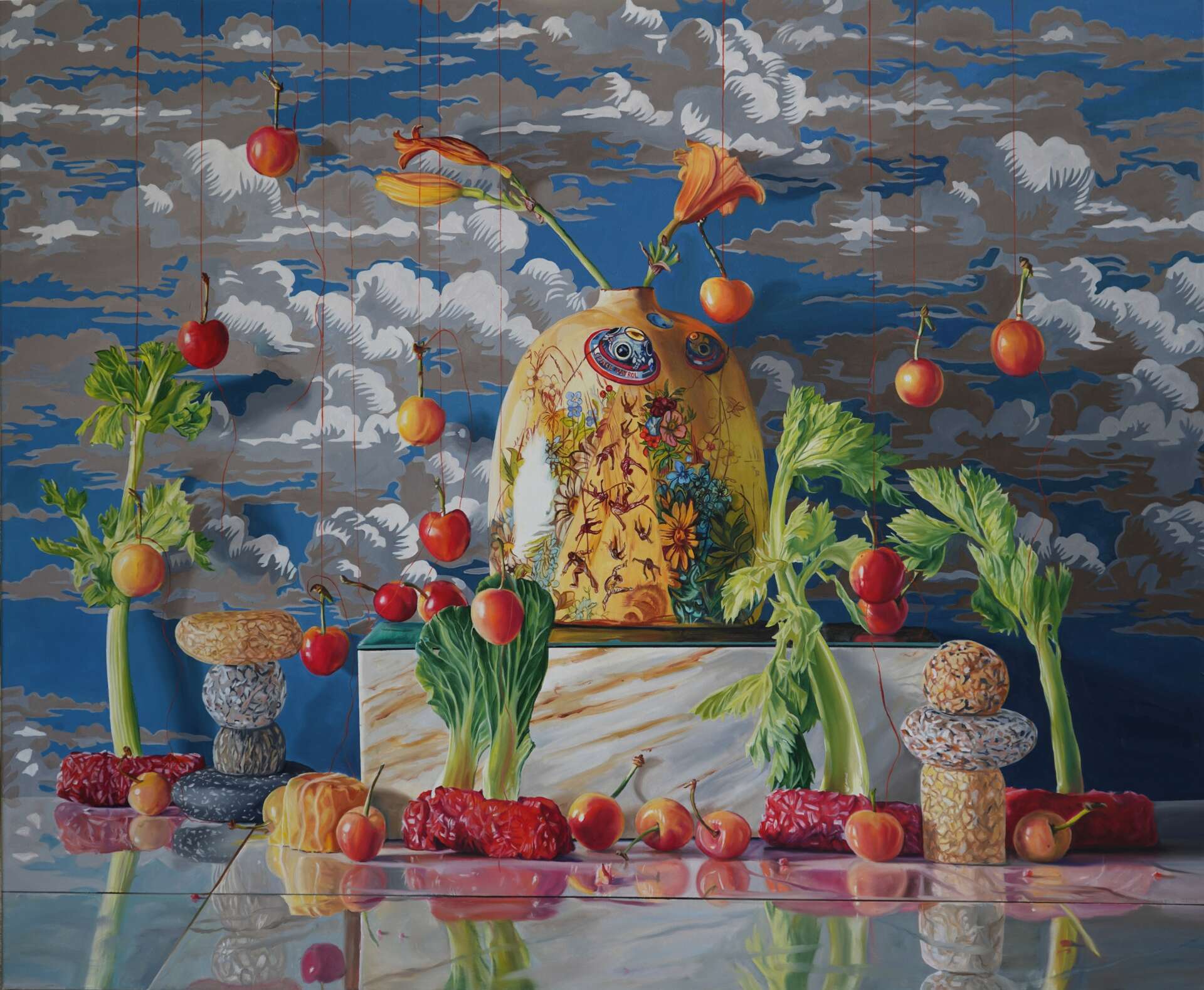
What can society do to ensure an environment that’s helpful to artists and creatives?
We live in an economy of cheap, mass produced decor, and framed prints from chains stores. We also have thriving arts communities with galleries in almost every city and large town in the country, and art fairs. We also have Universities with art departments that have galleries where they exhibit student work, and all of that is also for sale! The price points range from really affordable from students to various other price points depending on what gallery you go to. Buying an original has soul, and contributes to the history of a practice that goes back to our Paleolithic ancestors. This visual practice of communication is so revered, the world is full of museums totally dedicated to the reverence and preservation of it. A large segment of the population has a passion for art. It all comes down to really good marketing by the arts community and the municipalities they are in to promote art events and businesses, and to make the idea of owning original art approachable.
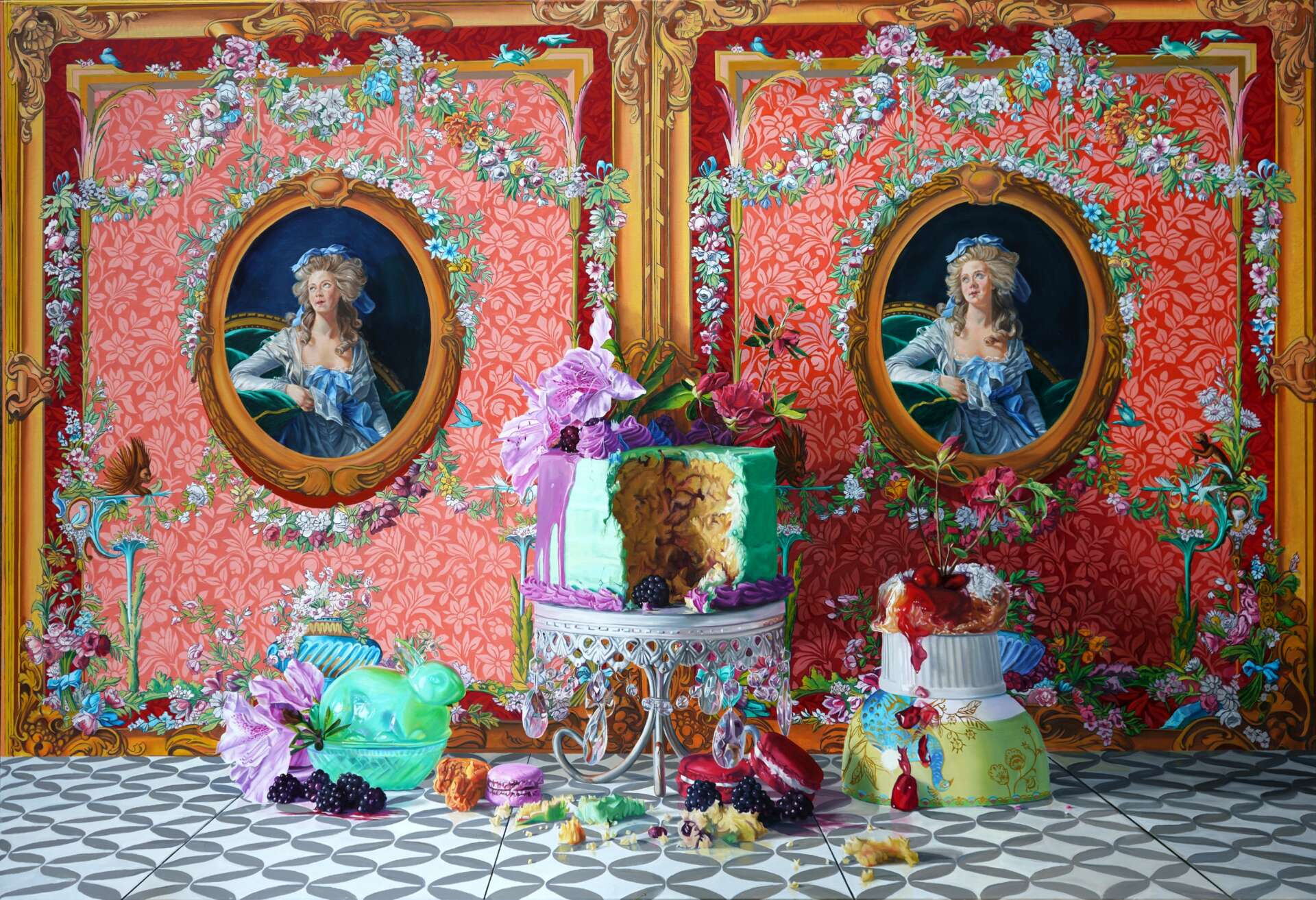
Contact Info:
- Website: www.stewart-sanabria.com
- Instagram: denisestewartsanabria_
- Other: www.chauvetarts.com www.bennetthome.com/art/ www.mitchellhillgallery.com
Image Credits
photo of artist credit: Kellie Crye Ward photo credits all art: Denise Stewart-Sanabria


